
"Out of Brokenness" publicity for Senior Exhibit by Hayley Sebree
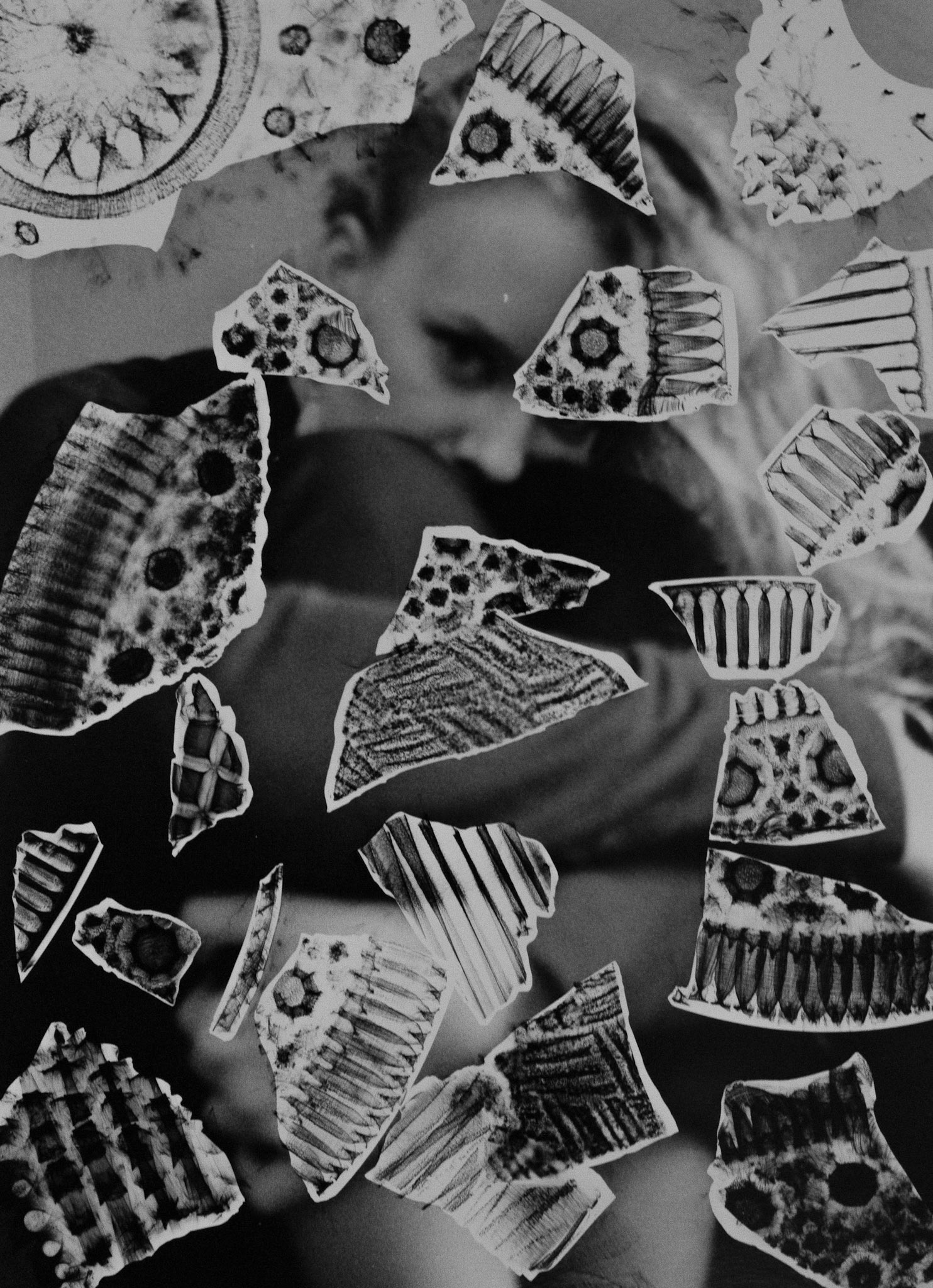
"Apart" | Hayley Sebree
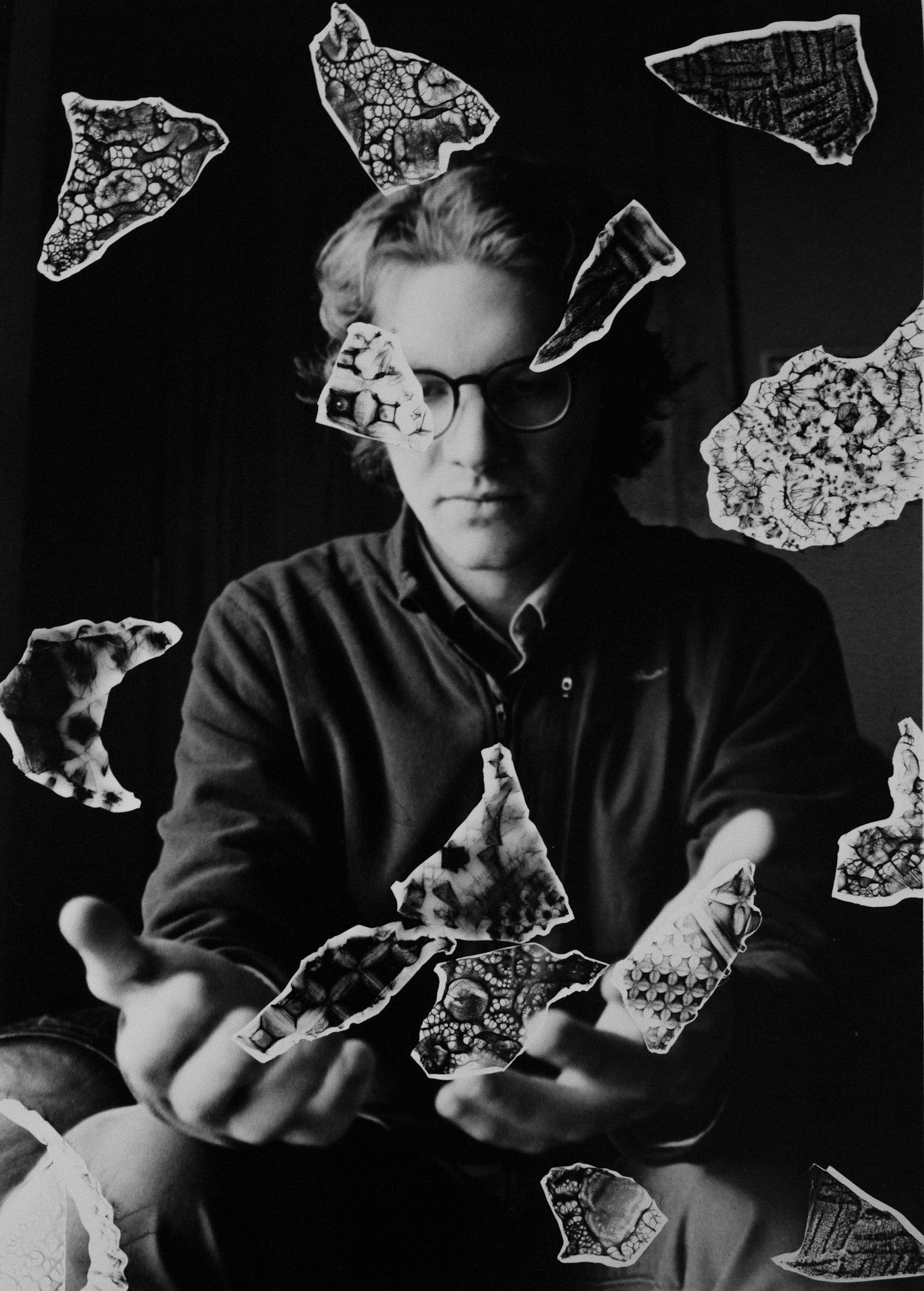
"Pete" | Hayley Sebree

"Perfect 1" | Hayley Sebree
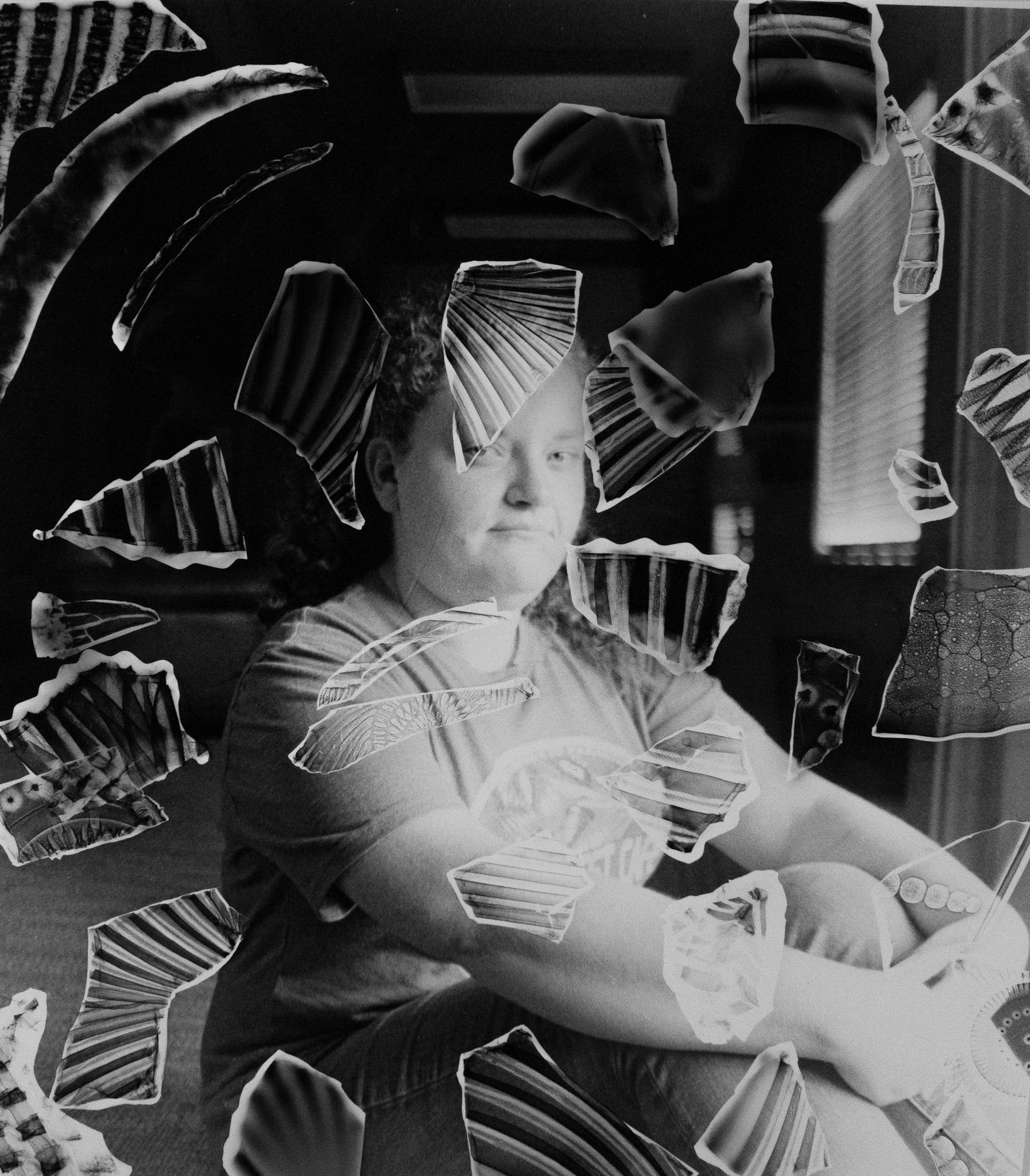
"Because 1" | Hayley Sebree

"With You" | Hayley Sebree
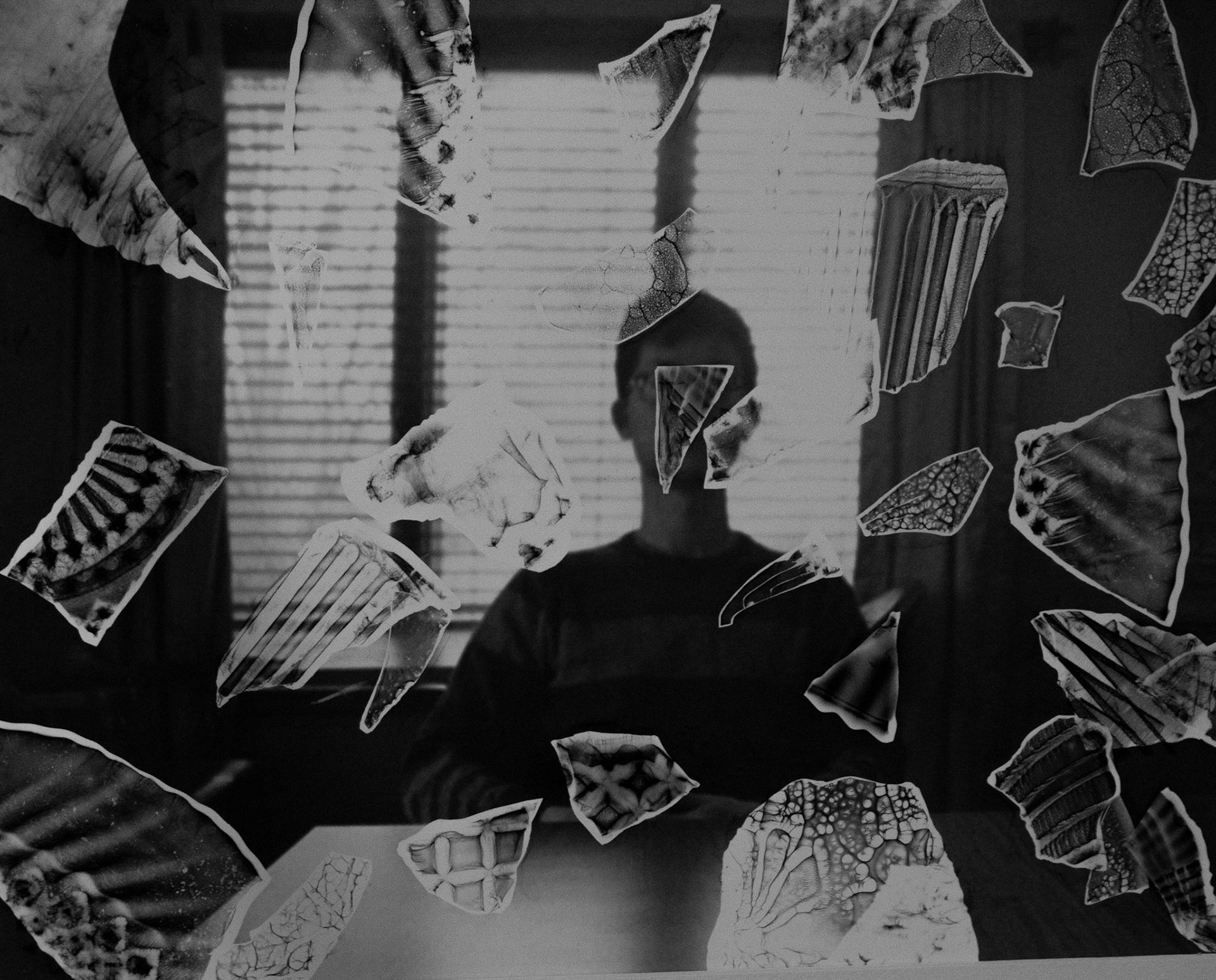
"Voice 1" | Hayley Sebree
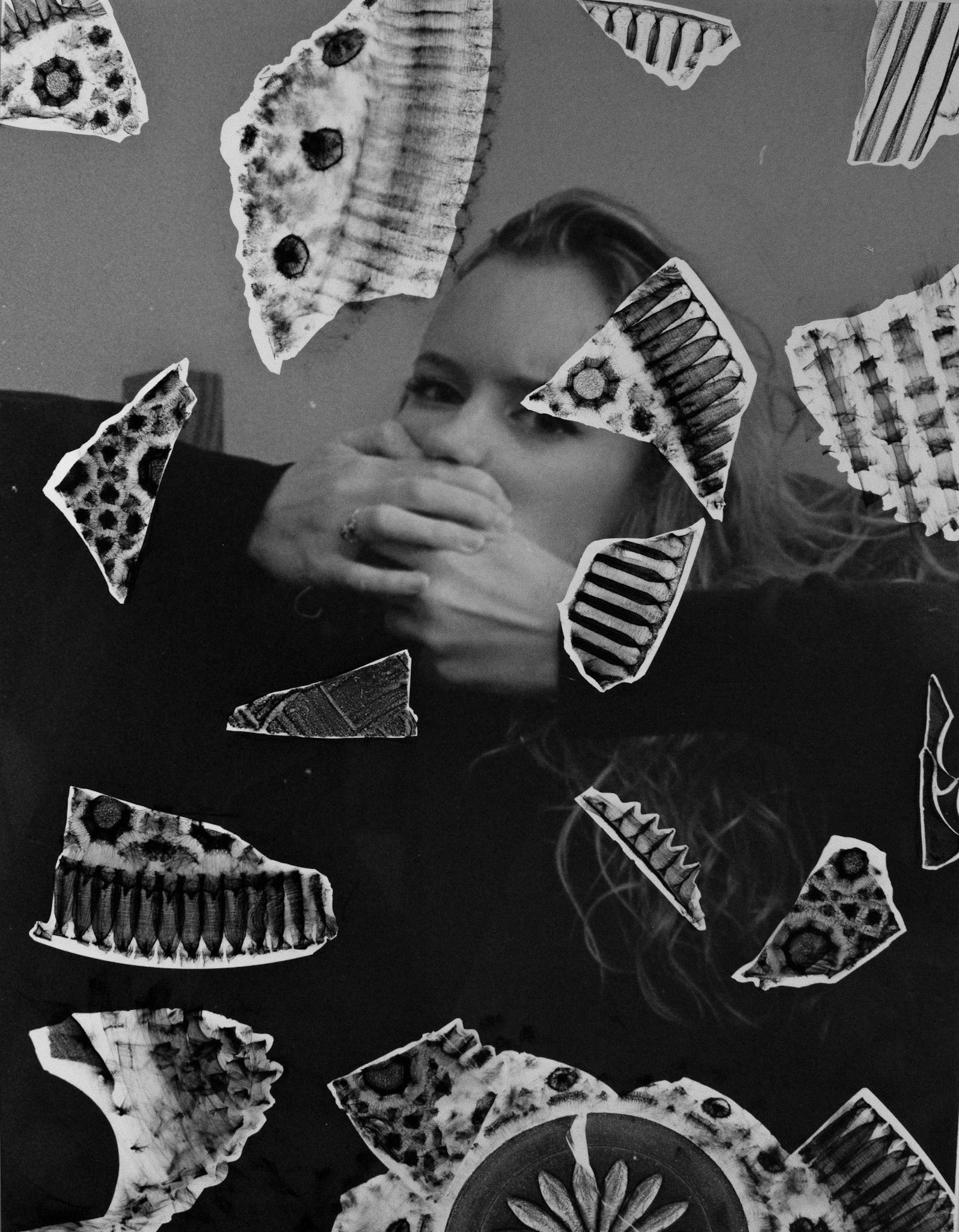
"Apart 2" | Hayley Sebree
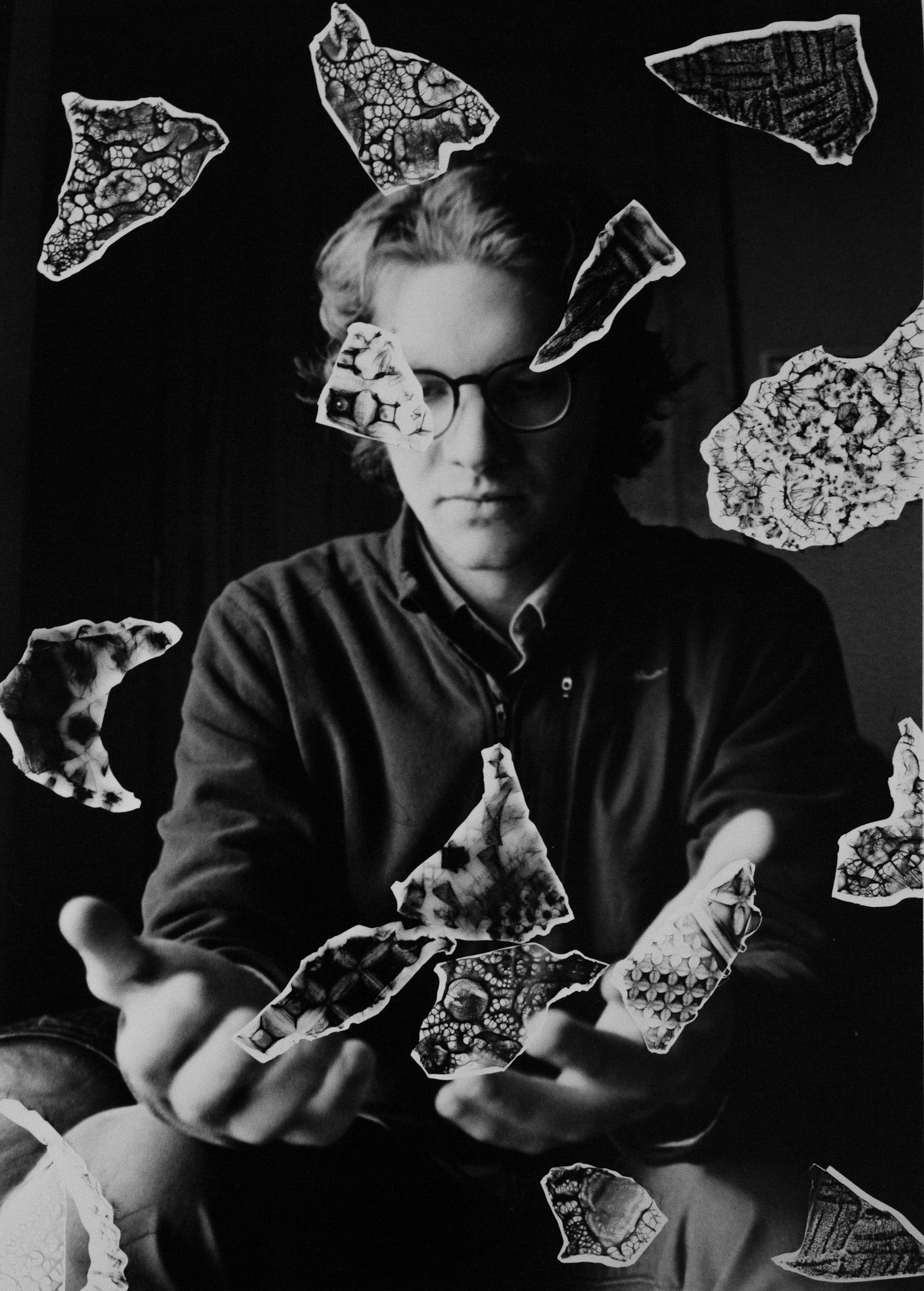
"Pete 2" | Hayley Sebree
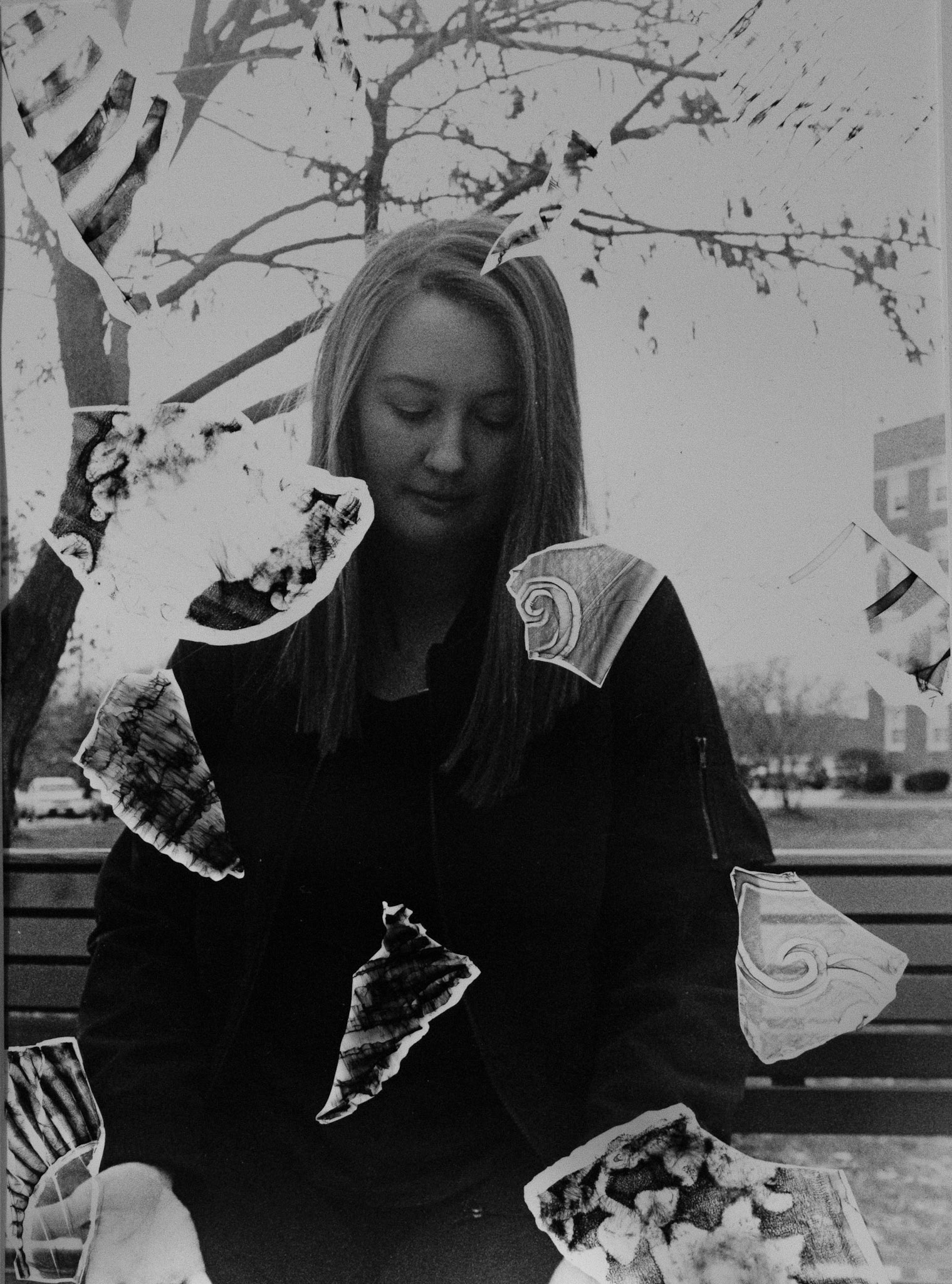
"Perfect 2" | Hayley Sebree

"Understood 2" | Hayley Sebree
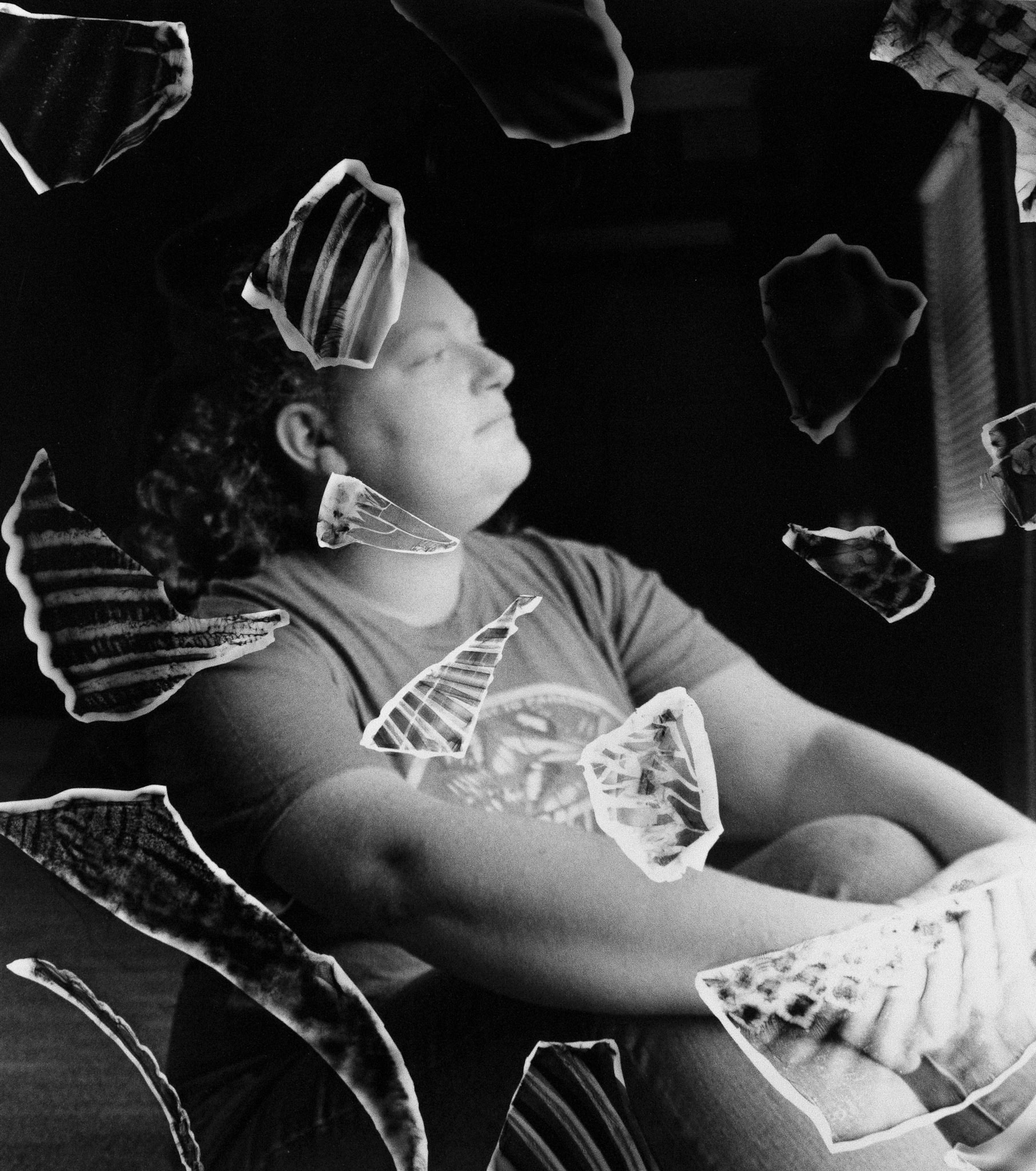
"Because 2" | Hayley Sebree
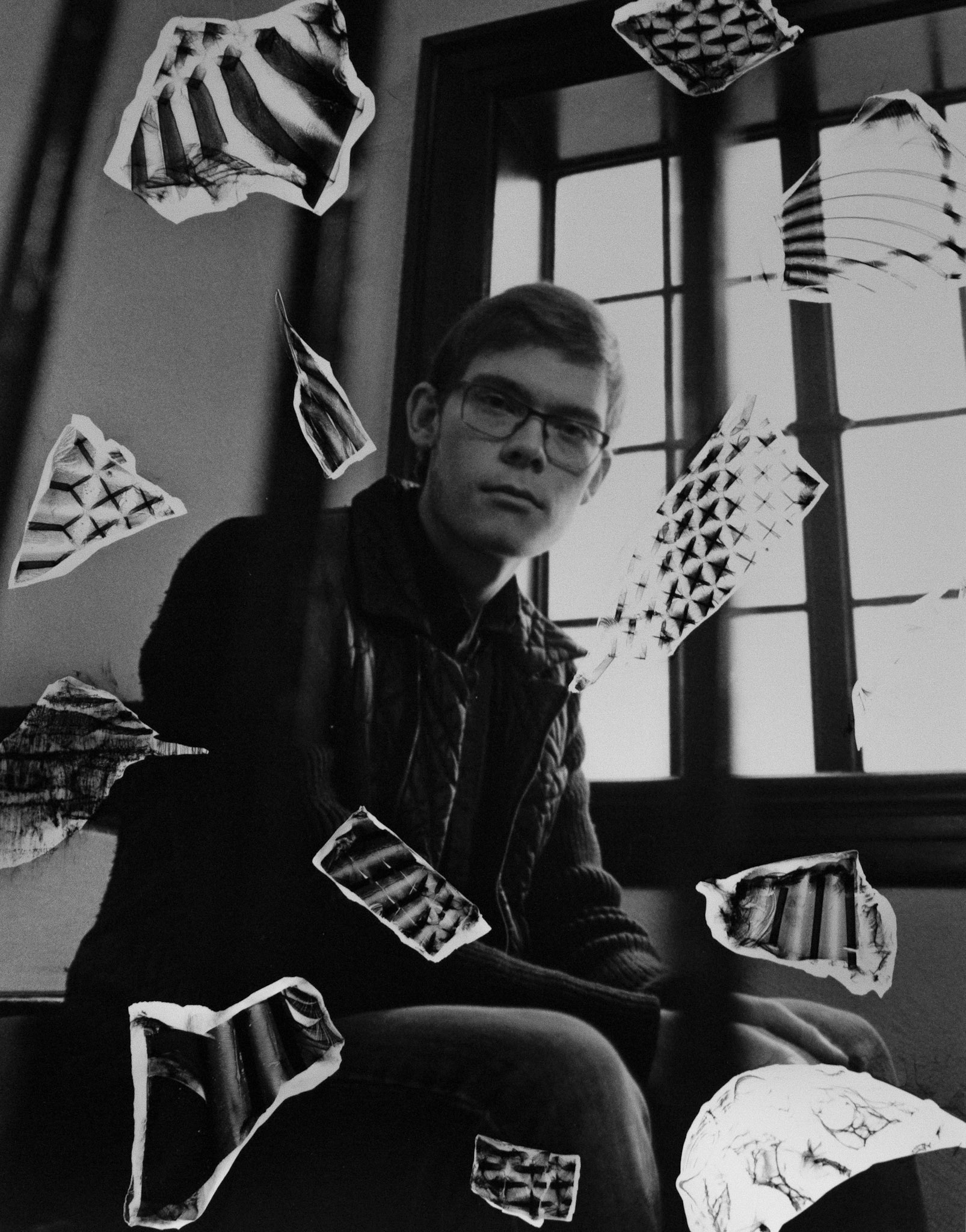
"With You 2" | Hayley Sebree

"Voice 2" | Hayley Sebree

"Apart 3" | Hayley Sebree

"Pete 3" | Hayley Sebree

"Perfect 3" | Hayley Sebree
Out of Brokenness
Hayley Sebree
Seeing a photo slowly develop in the darkroom has always had a somewhat spiritual effect on me. Through this project I was able to see the faces of my friends slowly appear as the developer washed over the paper.While photographing each person, I asked them about something they felt emotionally or spiritually insecure about; or a place where they felt broken. Hearingtheir responses really changed the trajectory of my work. I realized that I didn’t want these images to be about the artist but the person photographed; about lifting up others through an area of insecurity. As this happened, it made me particularly mindful about the things that they shared with me and things that maybe didn’t need to be said. It showed me that if I just take the time to be in the moment with God and pray, that I can pray earnestly for the things that have been laid on my heart. Doing this allowed me to realize that prayer has always been a weak point in my life but this project has helped me to focus on that and strengthen not only my relationship with God but with those around me.
Each person is shown in three different photos— the first being “broken” showing what humanity looks like with all of our sin and faults; the second being “shattered” showing how we can let go of our sins by beginning our journey following Jesus; and the third being “redeemed” showing what our lives may look like while following Jesus. In the process of creating this show I used a film camera to capture the negatives and created all of the photos in the darkroom.
Photographic surrealist Jerry Uelsmann, known for his sophisticated, pre-digital composites of negatives with traditional photographic methods, once said, “What starts as a technical exploration lends itself to how the technique functions in terms of ideas and feeling, and because of the work I do in the darkroom, I feel my work has a psychological dimension that couldn’t have occurred otherwise.” Considering the way he worked so imaginatively without digital tools, his words sum up why I choose to work in the traditional darkroom rather than the digital one. The effects in my photos are all created by placing pieces of broken, textured glass on top of the light sensitive paper while the image was being projected. Each piece of glass created a one-of-a-kind and unexpected pattern on the images.
This project has changed my view on things. Like the process of using broken glass in the darkroom with light-sensitive materials, I realized that prayer takes practice, and that it doesn’t always come easily. It is, however, something necessary to be in relationship with people and with God. When asked, people are willing to open up. Sometimes all it takes to cause that opening up is a couple of questions and someone to listen. I have also realized that photos created in the darkroom are for me much more than just a picture, but an experience. Being able to physically see the image appear, smell the chemicals, and hear the liquid moving in the bins allows me to experience the transformation from just a negative and a piece of paper— to something so much more.